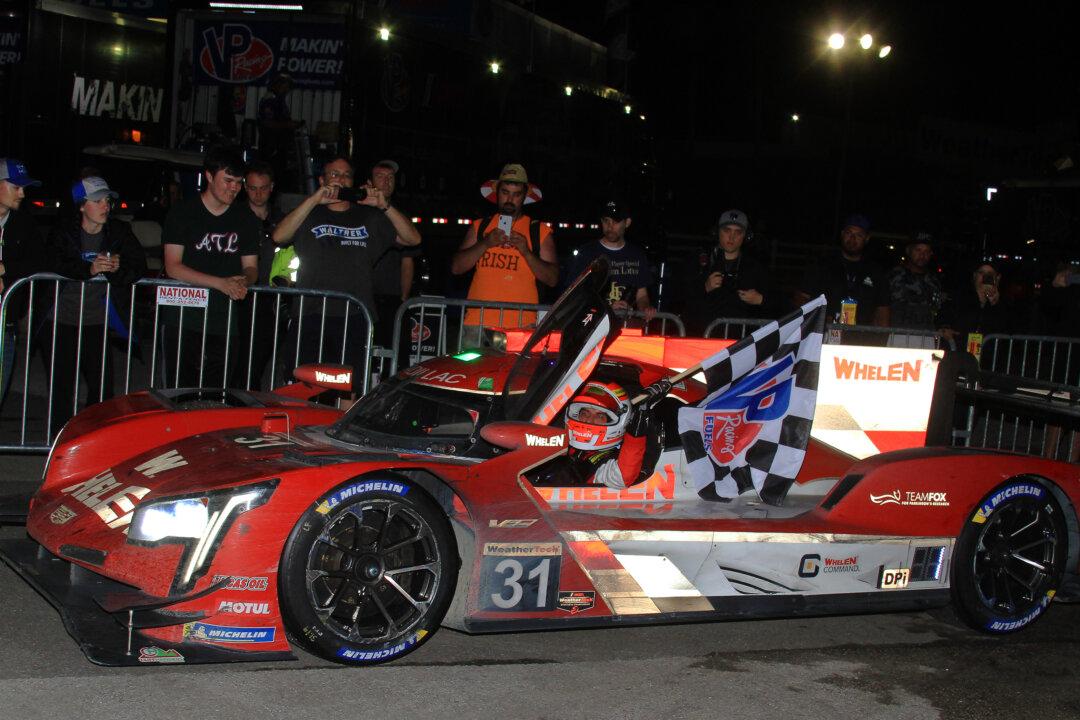BRASELTON, Ga.—It wasn’t 2010, with lightning-fast Audis exploding silently into view and disappearing almost before the eye could focus. It wasn’t 2011, with even faster Peugeots leading the way. Still, the 17th Petit Le Mans ten-hour endurance race was a really good race.
This was the first Petit Le Mans sanctioned by the Tudor United Sports Car Championship, the somewhat shaky amalgam of the old Rolex and American Le Mans series. Despite the race losing its international flavor, and no longer featuring the fastest sports cars on the planet, TUSC put on a good race.
Sure, sports car fans lamented the loss of the P2 cars (only one entered, and it was taken out by another car just past halfway.) Fans pined even more for the top-tier LMP1 cars, but when it comes down to what actually was on track, those cars, clones though they may be, put on a good show.
True, the TUSC Prototypes are slower, less advanced, less exotic—but in terms of the actual action on track, there was nothing lacking. In simplest terms, TUSC presented the fans with the best it had, and didn’t screw it up. TUSC maximized its strengths and avoided major errors. Fans might dream of more before the race, but once the race is on, reality is all that counts, and TUSC served up a good race.
Considering the blunders made at Daytona and Sebring, the other two iconic North American endurance races this season, TUSC earned a little redemption at Petit. Hopefully this will translate into better attendance at Daytona and Sebring next season; a bad Petit could have crippled the series. A good one merely means TUSC might get a second chance.






